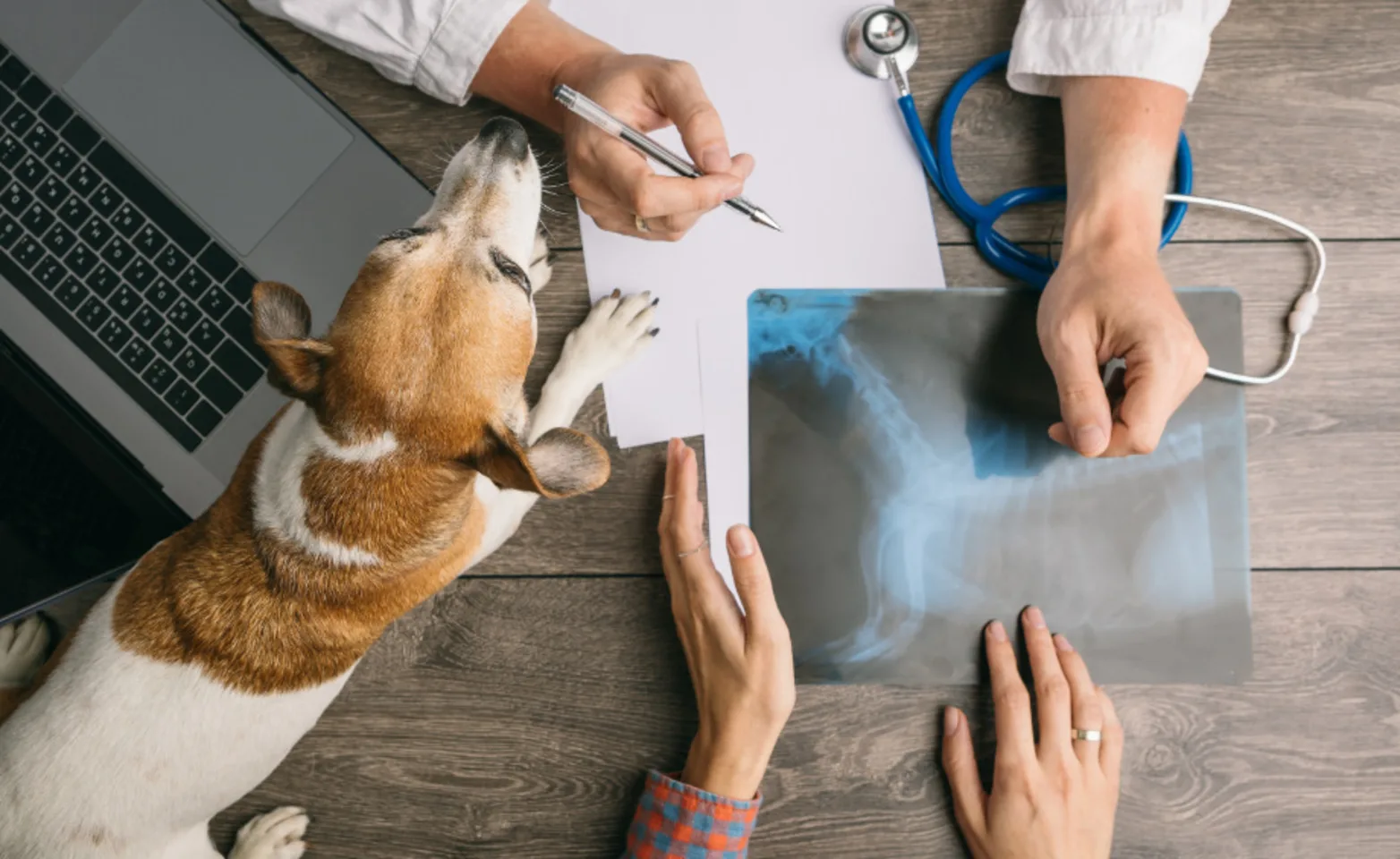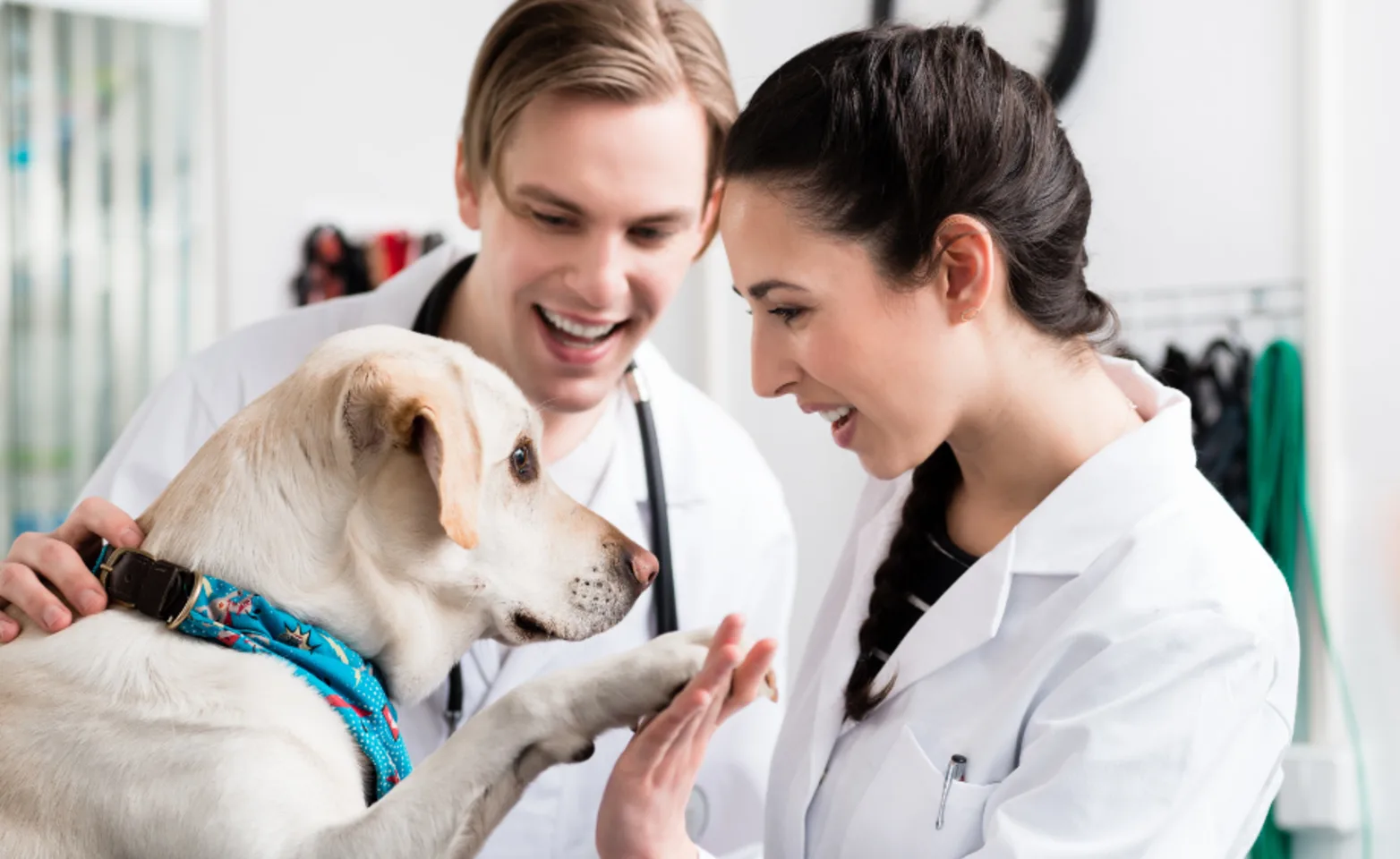Southwest Veterinary Hospital

Surgical Information

Anesthetic Procedures & Risks
We use a combination of pre-anesthetic medications/injectables and/or inhalant anesthetics to achieve optimum levels of anesthesia that are safe for your pet.
For short procedures, an injectable anesthesia is given alone producing a good plane of surgical anesthesia with a quick recovery.
For most procedures, your pet is anesthetized and then intubated (insertion of a tube into the trachea or windpipe). This will ensure that your pet is able to receive oxygen at all times and prevents the aspiration of any fluids into the lungs.
For procedures that require minimum sedation, an injectable anesthetic is given that produces a good plane of sedation with quick recovery. Anesthesia is maintained with a gas anesthetic, Isoflurane, which is very safe and is not metabolized by the body. This allows us to have more control over anesthetic depth and it is less irritating to the airways.

Monitoring & Pain Management
Monitoring of patients during anesthesia is done in two ways. First, a veterinary nurse is with your pet continuously from beginning of anesthes ia to recovery. Second, we have a computerized monitor that records heart rate, pulse rate, oxygen levels, respiration, ECG, core and rectal temperature.
Our clinic strongly believes in compassionate, quality, medical care for our patients. As a result, a ll surgery patients will receive pain management before, during and after surgery. Additionally, pain medication may be prescribed home. Additional information will be given at discharge. We hope this program will reduce any discomfort experienced and aid in a quicker recovery
It is important for you to understand that there is always a risk of anesthetic and surgical complications anytime these procedures are performed. We strive to take the highest quality care of your pet and take all the added precautions you allow to avoid potential problems. Thank you for entrusting your pet to us.
Potential Surgical Complications
Please call our office if you observe any of the following:
Canine and Feline Spay
Bleeding
Infection
Recurrent Heat
Urinary Incontinence
Weight Gain
Suture Reactions
Canine & Feline Alter
Bleeding
Infection
Testicular Swelling
Suture Reaction (Canine Only)
Tumor/Lump Removal
Bleeding
Infection
Swelling and Drainage
Suture Reaction
